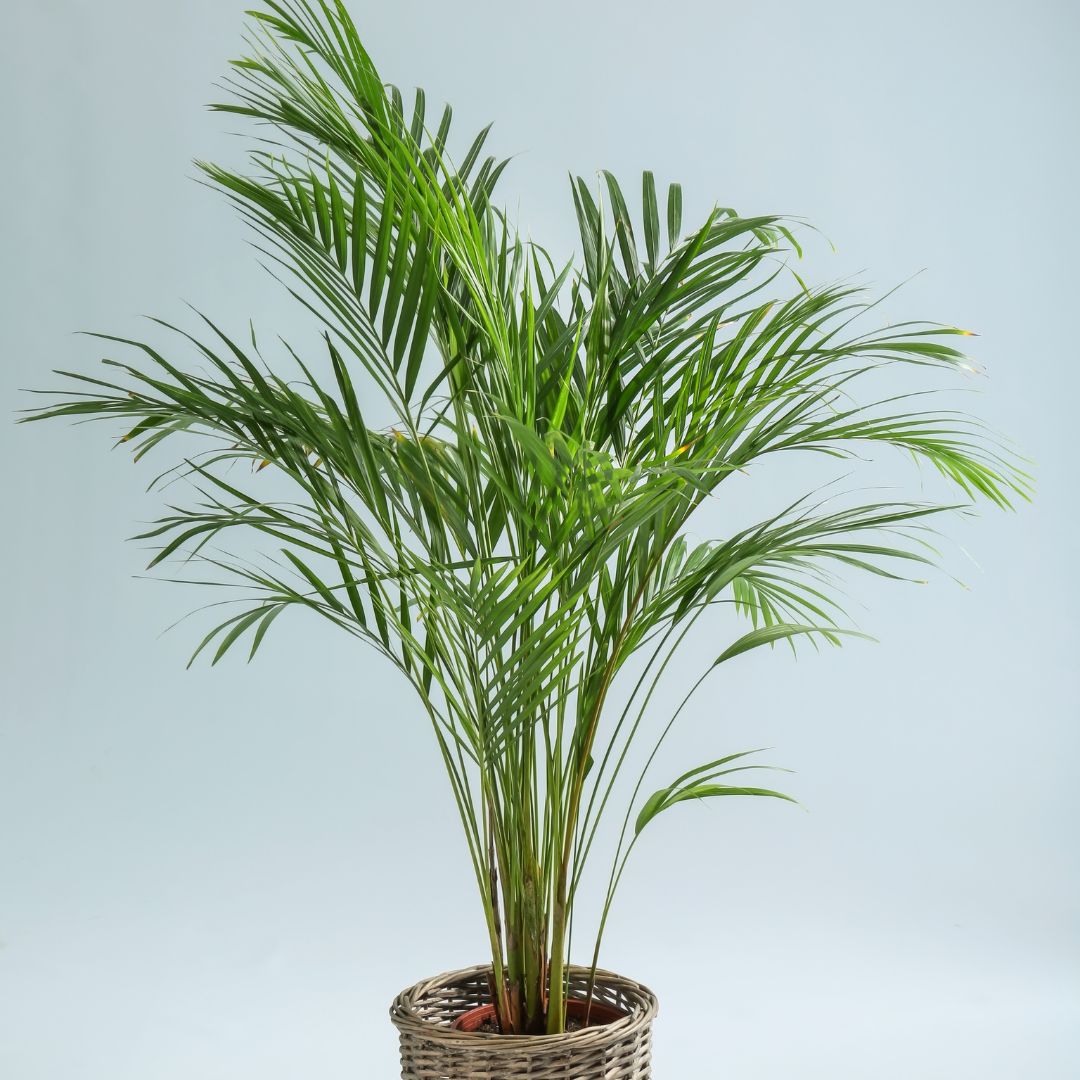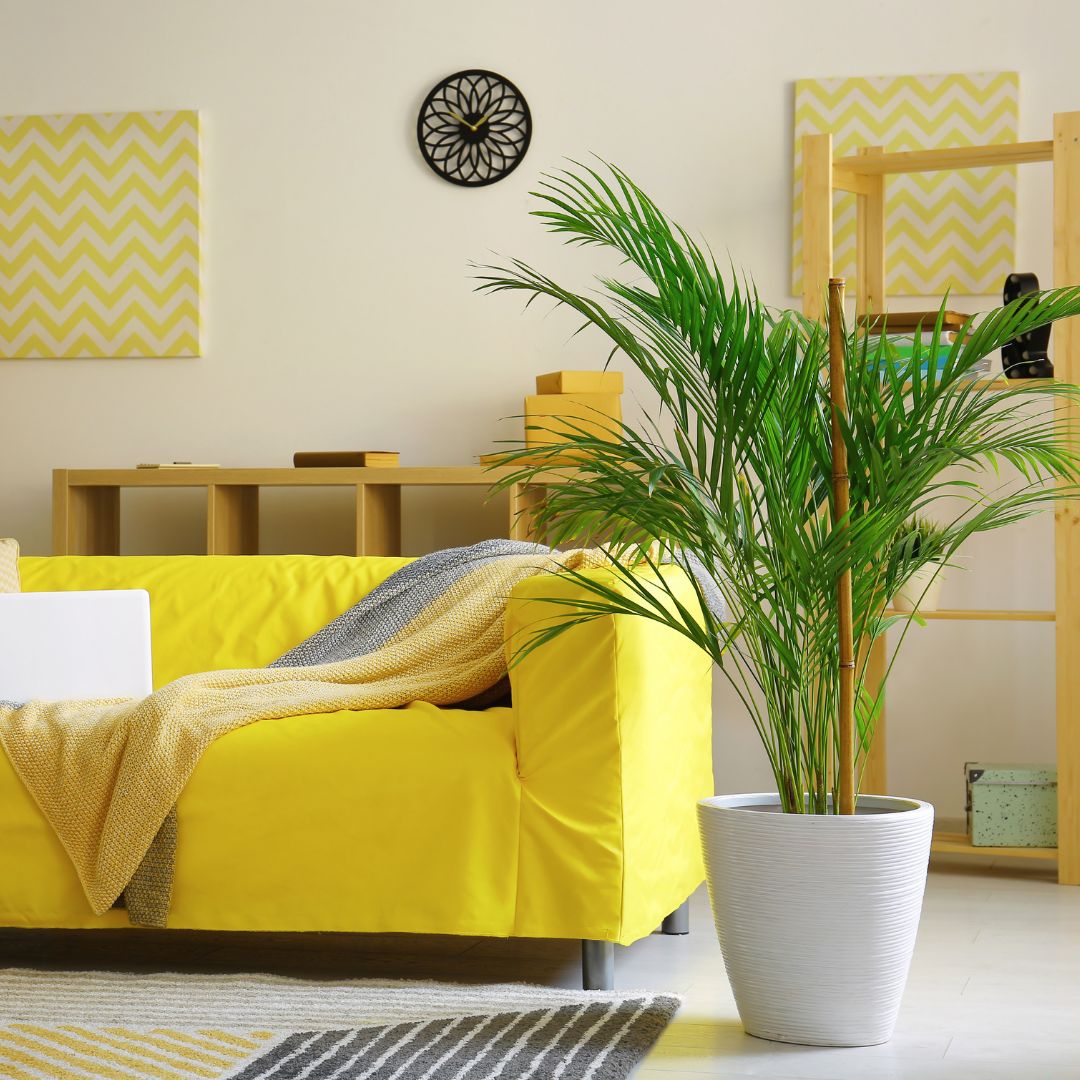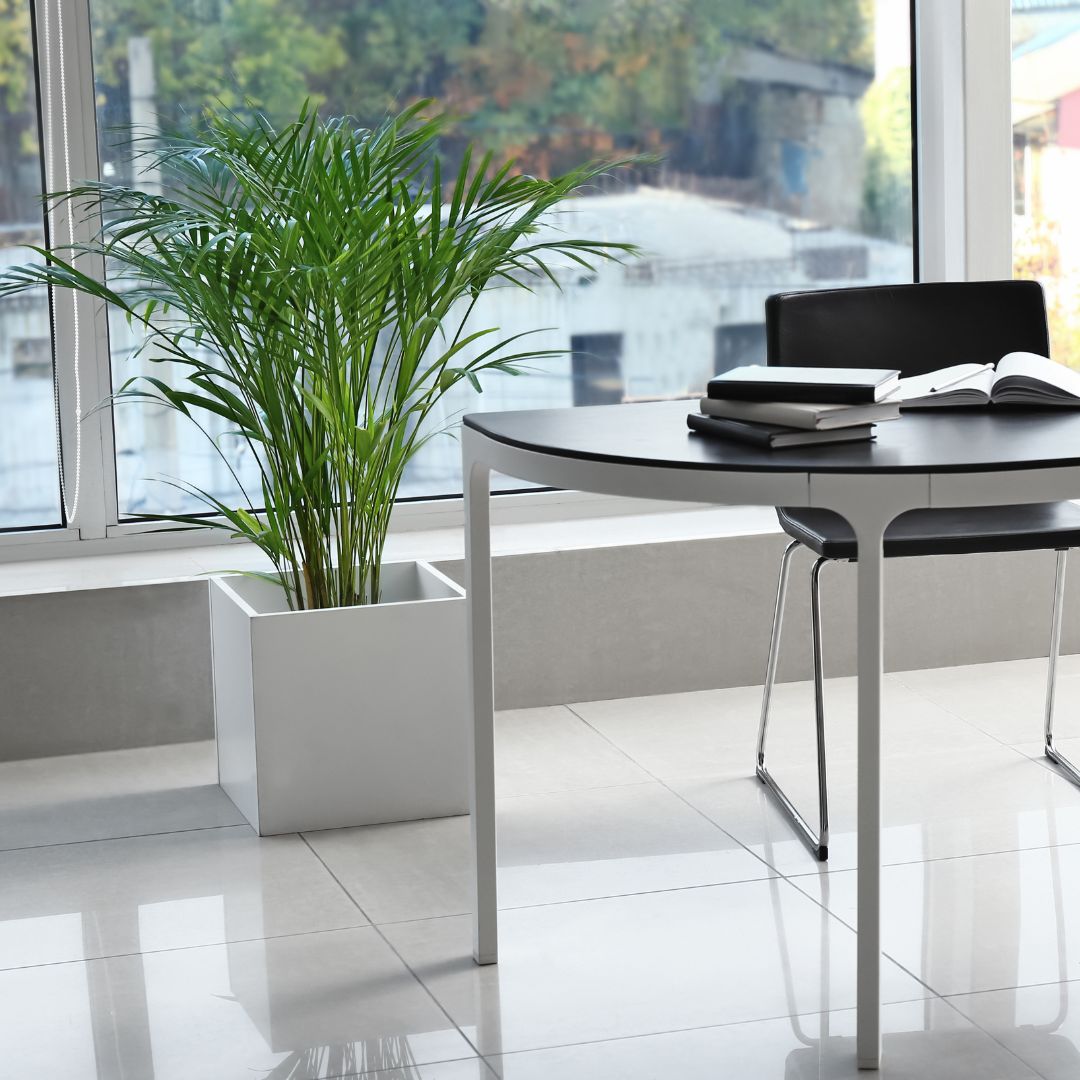Golden Palm (Areca palm)
Golden Palm (Areca palm)
Rated 4.9 ⭐ by 100 satisfied customers on Google
Currently in stock
Couldn't load pickup availability
- Home delivery throughout Belgium.
- Collection in Leuven possible
- A real gem for the living room
- Lifelong help for all your plant questions
The Areca palm (Areca palm) is an elegant houseplant with finely feathered fronds that add a tropical touch to any interior. This palm grows beautifully upwards and stylishly fills empty corners in your home. For those just getting started with plant care, the Areca palm is an excellent choice: it's relatively easy to maintain and rewards you with a lush appearance.
How to care for an Areca palm
Watering the Areca palm
Water the Areca palm regularly but moderately. Allow the top layer of potting soil to dry slightly between waterings. Any standing water in the pot should be removed immediately, as it can cause root rot. In spring and summer, the palm needs slightly more water than in autumn and winter. Preferably use rainwater or filtered tap water to prevent limescale buildup.
Light for the Areca palm
The Areca palm prefers a location with bright, indirect light. Direct sunlight can burn the delicate leaves and cause yellow spots. Therefore, place the palm a safe distance from a south- or west-facing window. The Areca palm often feels less at home in darker rooms and grows more slowly. To give the plant some extra energy, you can illuminate it with a grow light or move it to a well-lit corner.
Soil and nutrition
Use an airy, well-draining potting soil with a mix of coconut fiber and perlite. This allows excess water to drain quickly and keeps the roots breathable. Add some organic houseplant food once a month during the growing season. Fertilizing isn't necessary during the winter months; the Canary Islands are dormant in a cooler environment during this time.
Is the Areca palm poisonous?
Fortunately, the Areca palm is non-toxic to humans and pets. So you don't have to worry if you have a curious cat or toddler at home. That's why the Areca palm is also a perfect fit for a pet-friendly household or child-friendly space. For other non-toxic houseplants, you can browse our collection of non-toxic houseplants .
Frequently occurring problems
Yellow leaves
Yellow leaves on your Canary Island palm often indicate either too much or too little water. First, check the moisture content of the potting soil: if it's constantly soaking wet, reduce watering. If the soil is bone dry, increase watering frequency. Excessive sunlight can also cause yellowing; if necessary, move the plant to a less sunny location.
Plant drips
When your palm tree forms moisture droplets on its leaves, it's called guttation. This is a natural process in many houseplants, including the Monstera deliciosa . It means the roots sometimes absorb more water than necessary. Maintain a balance between watering and drying out, and avoid extreme humidity fluctuations.
Plagues (pests)
Spider mites, thrips, and scale insects occasionally occur on the Canary Islands palm. Inspect the undersides of the leaves weekly for small spider webs or sticky excretions. Combat early infestations with a fine mist of water or an organic pesticide such as sticky traps for fungus gnats . Severe infestations can be treated with an effective insecticide spray.
Roots stick out of the pot
When roots emerge from the drainage holes, it's a sign of vigorous growth. Repot the Golden Ore Palm in a slightly larger pot with fresh soil. A more spacious pot encourages further growth and prevents the roots from becoming trapped. For pots, browse our wide selection of flowerpots .
Brown edges on the leaves
Brown edges are often caused by low humidity or hard water. Increase the humidity around the palm by placing a humidity tray or regularly misting the leaves with a plant sprayer . Preferably use decalcified water or filtered rainwater.
Various species of palms in the Areca family
- Areca catechu (oil palm)
- Dypsis lutescens (yellow palm)
- Chamaedorea elegans (mountain palm)
- Phoenix roebelinii (dwarf date palm)
- Cocos nucifera (coconut palm) – see Cocos nucifera
- Ravenea rivularis (mahogany palm)
- Howea forsteriana (kentia palm)
Looking for other tropical flavor enhancers for your home? Discover our Yucca , Dracaena marginata , or the striking Chinese Money plant . These plants create a lush green environment with varied shapes and leaf textures.
For new inspiration and care tips, you can always visit our FAQ page or check out the blog post about what to do about root rot .
Share
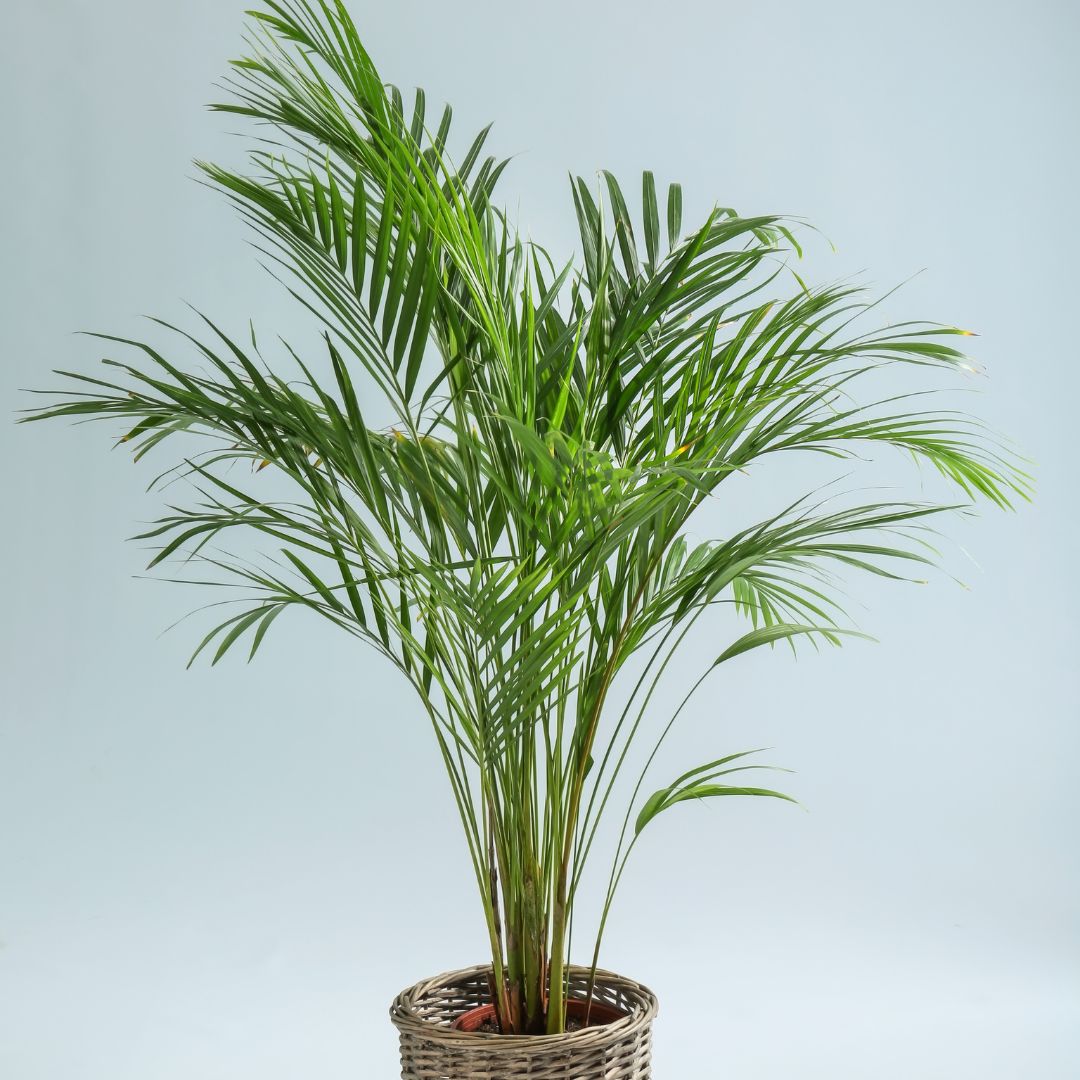
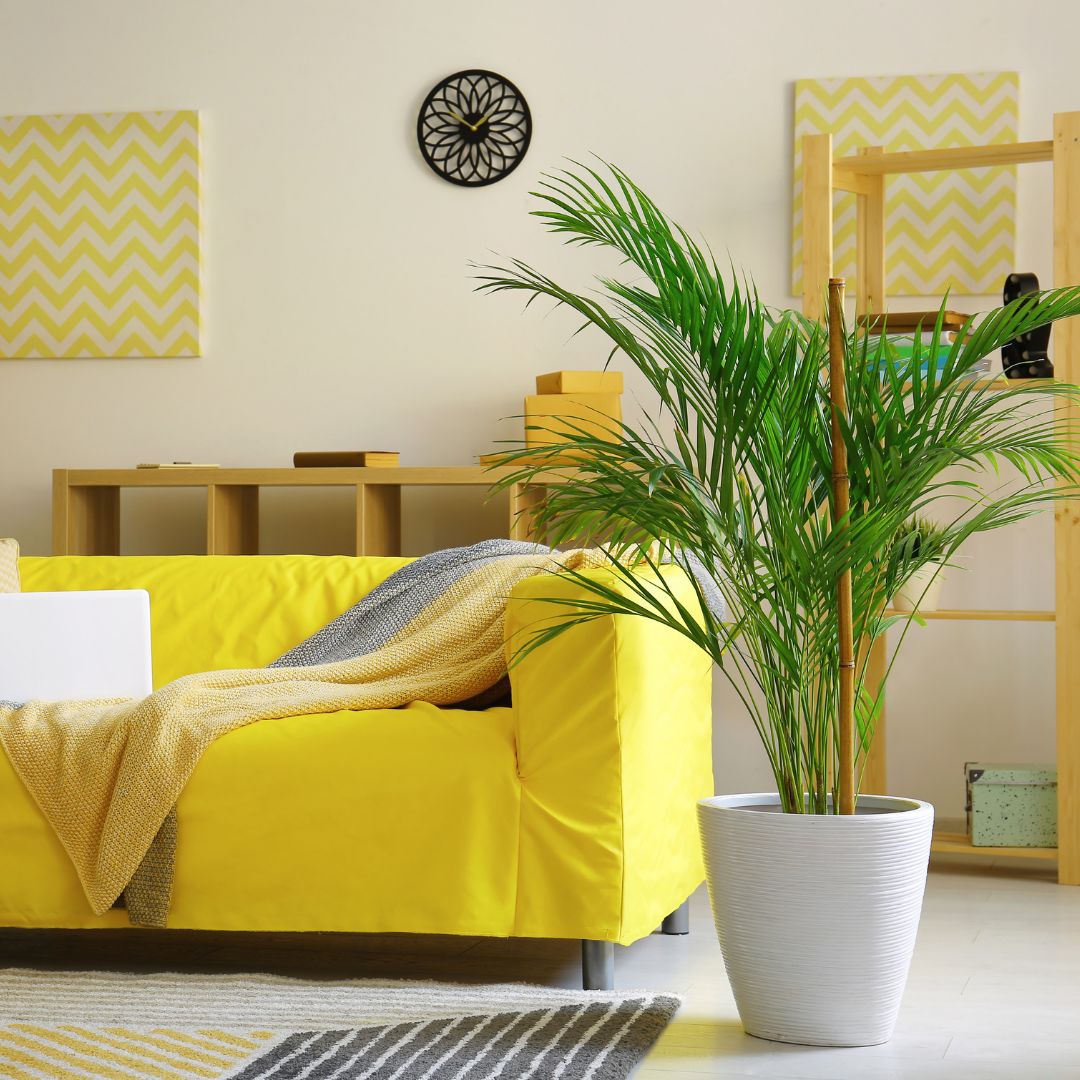
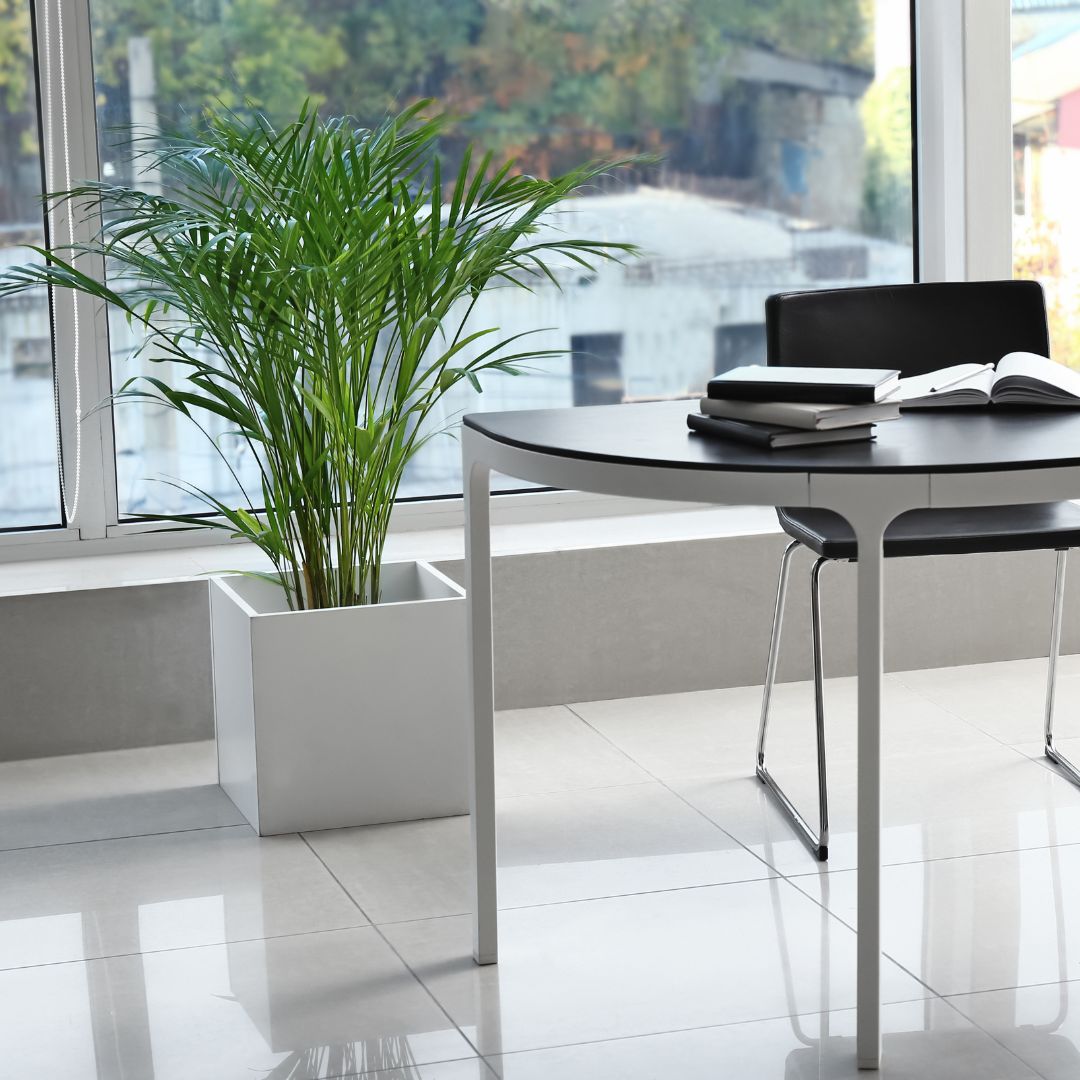
Frequently Asked Questions
How do you ship plants?
We always ship our plants well packaged and safely.
We do not ship on cold days and we also try not to ship during the weekends. This way plants are always in suboptimal conditions for a minimum time.
What is your shipping policy?
You can read our shipping policy here.
What payment methods do you accept?
We accept various payment methods online such as Bancontact, Visa, Mastercard, Paypal.
You can also pay with Ecocheques in our store in Leuven.
Can I return the products?
You can read our returns policy here.
Where do your plants come from?
Our plants always come straight from the grower to our shop. With minimal stops we prevent pests and diseases and keep the chain short!
Collections
-
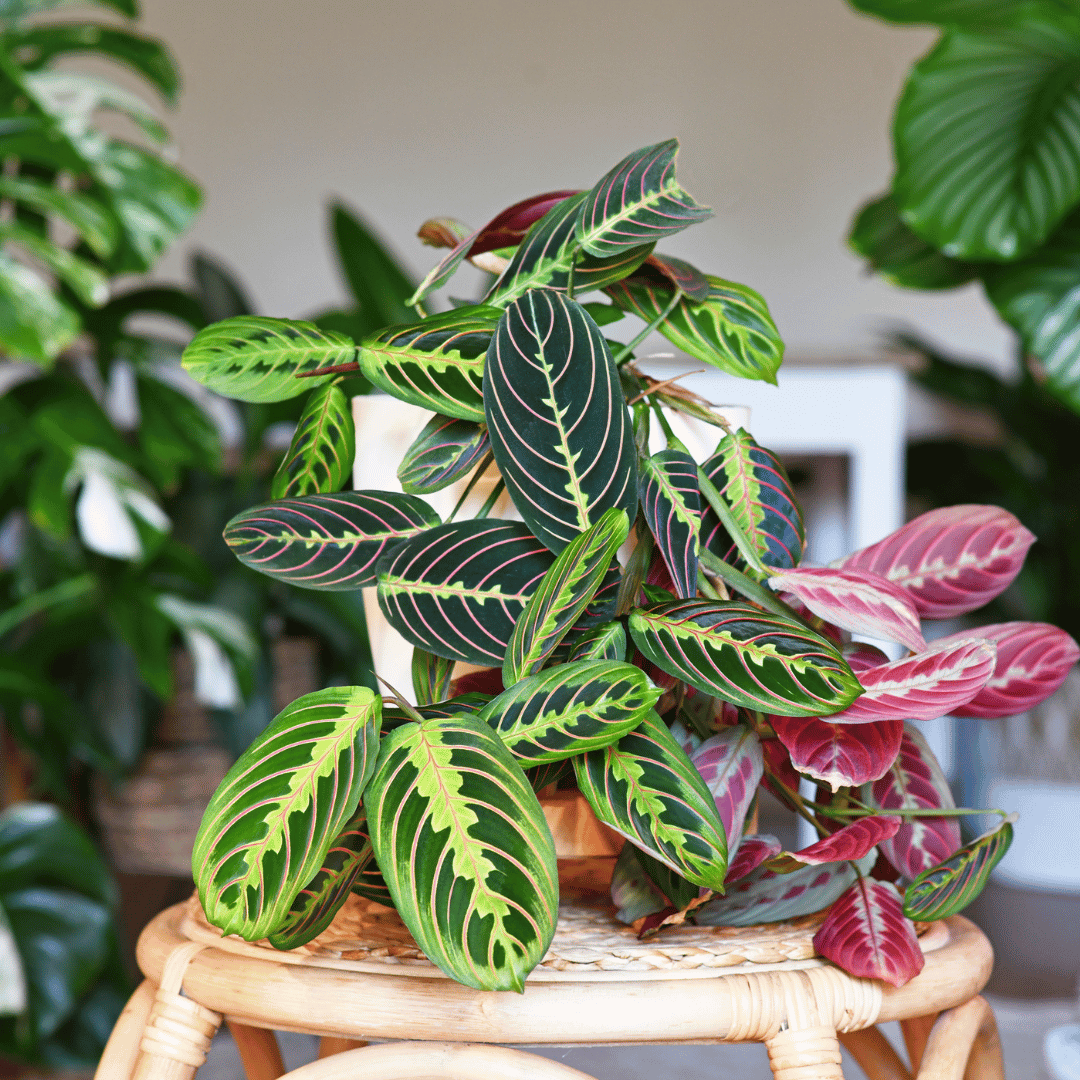
Buy Maranta's
Discover the unique charm of our collection of Maranta plants. With their...
-
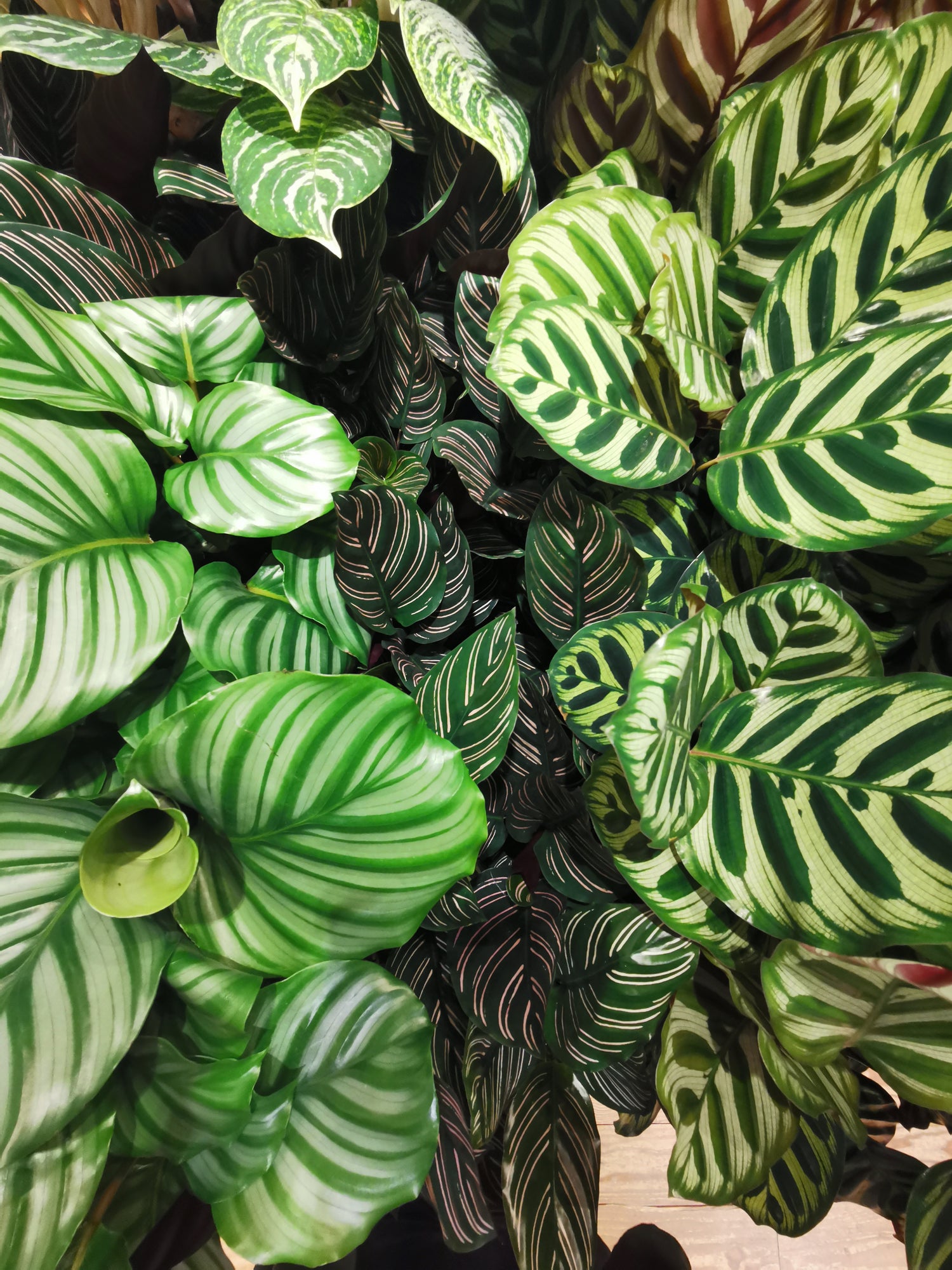
Buy Calathea
Are you looking for a beautiful and unique houseplant that will purify...
-
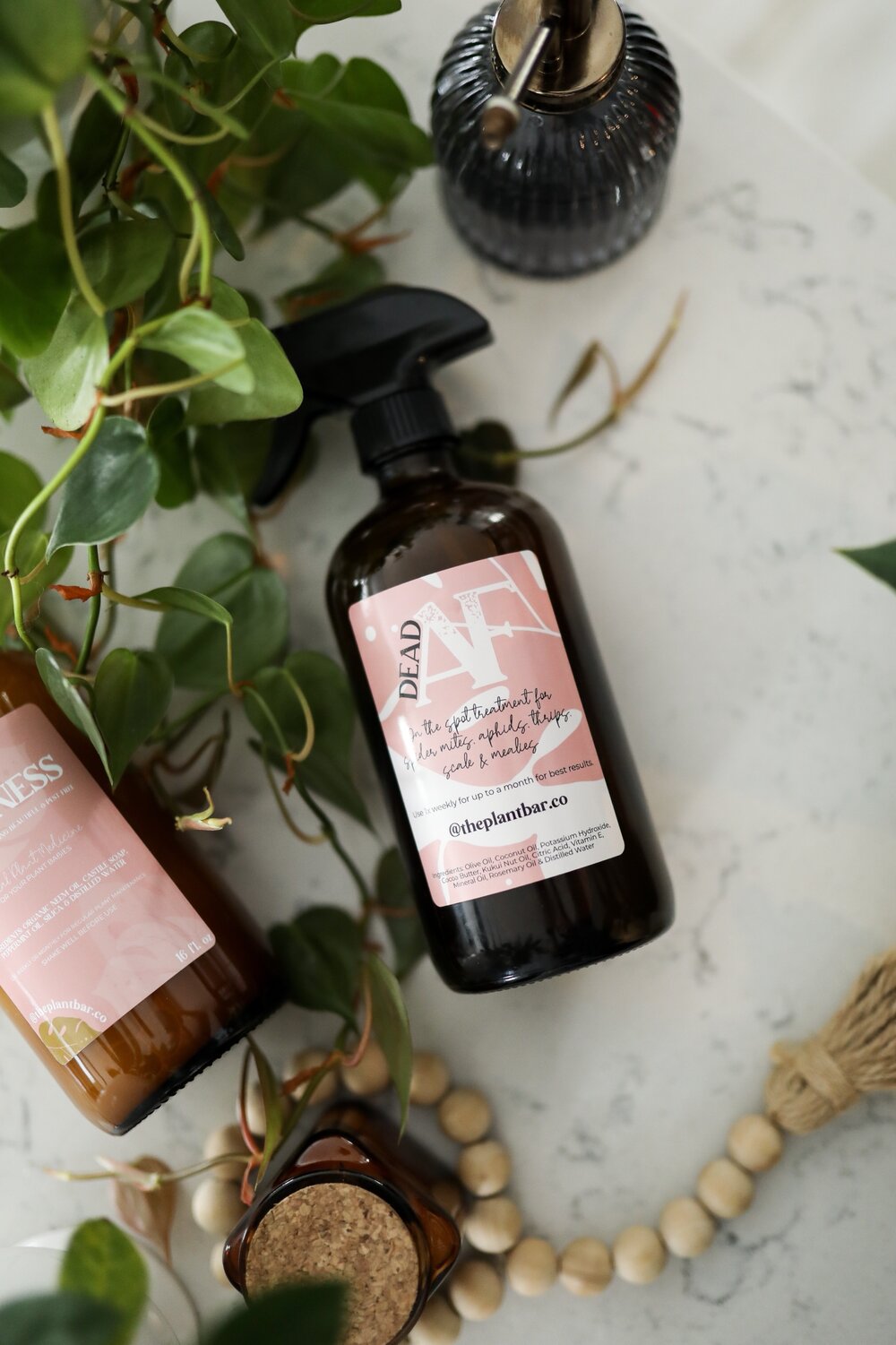
Accessories for Plant Lovers
In our store we have a wide variety of accessories to help...

